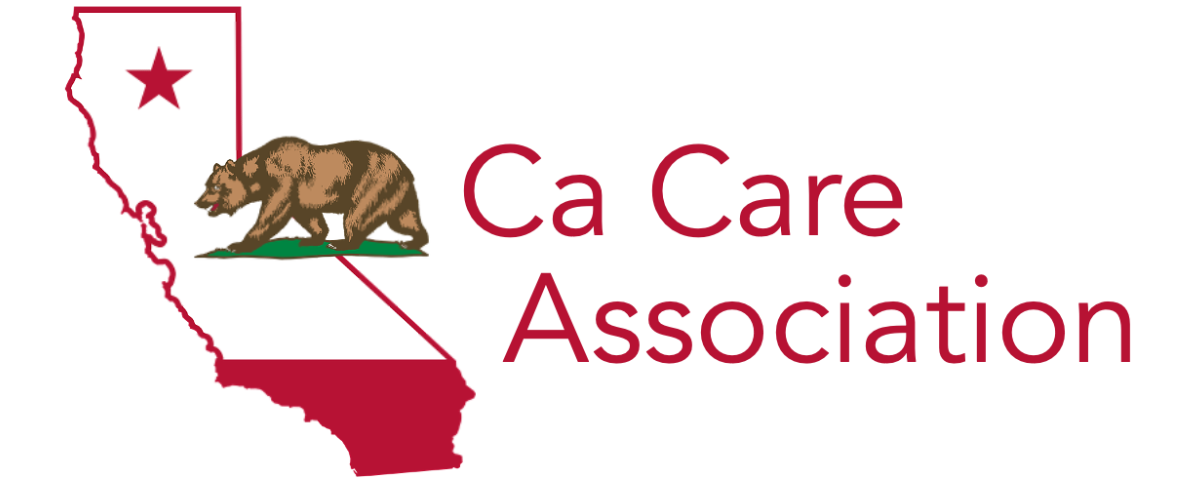Your ASL Starter Kit: Learn the Basics of ASL Today
Have you ever seen two or more people communicate using only their hands and facial expressions? Have you ever been curious about what it's all about, and what they are saying? That my friends is called sign language, and they come in different languages such as the American sign language, British sign language, Chinese sign language, Irish sign language, and many more. But today we are going to focus on American Sign Language or ASL for short. So, are you ready to discover ASL with us and learn a new language? Let’s get started!
What is ASL?
American sign language or ASL like any other sign language uses hand gestures, facial expressions, and body movements to communicate. And it is the sign language that it mostly used by the people in the United States. Approximately 500,000 or half a million people in the US use it to communicate.
The history of sign language dates back to the 18th century. ASL is heavily influenced the the French Sign Language (LSF). The first school for the Deaf in the U.S. now called the American School for the Deaf was founded in 1817 by Thomas Hopkins Gallaudet, Mason Cogswell, and Laurent Clerc. Gallaudet met Clerc who uses French Sign Language then came back to the United States with him to help set up the school. Thomas Gallaudet was inspired to help his neighbor's smart but deaf daughter. As a result, he traveled to Europe where he met Laurent Clarc.
Basic Signs of ASL
It’s always best to start with the basics when learning a language. So we are going to begin with simple phrases that you can use every day
Common Phrases
"Hello" and "Goodbye" - These are often the same sign in ASL, a simple wave of the hand. It's an easy way to greet someone or bid them farewell.
"Please" and "Thank You" - Manners matter, even in sign language. The sign for "please" is made by placing your flat hand on your chest and making a circular motion. "Thank you" is signed by touching your fingers to your chin and bringing your hand forward.
"Yes" and "No" - The sign for "yes" is made by making a fist and nodding it up and down. For "no," make a fist with your thumb extended and shake it side to side.
Sorry - Make a fist with your dominant hand. Place the palm-side of the fist over your heart. Then, move your fist in a circular motion over the heart.
How Are You? - Place both open hands in front of you, palms up. Bring your hands towards your chest a couple of times, as if asking a question.
Nice to Meet You - Start with the sign for "nice," which is done by placing one flat hand over the other and rubbing it back and forth. Follow this with the signs for "meet" (by making fists and tapping your knuckles together) and "you" (by pointing at the person you're talking to).
What's Your Name? - For "what," open your hands and shake them slightly at the wrist. For "your," point towards the person you are asking. For "name," use both hands to mimic the motion of tapping a name tag on your chest.
See You Later - For "see," point to your eyes with your index finger. For "you," point towards the person you are talking to. For "later," hold your hands flat, palms facing each other, and then separate them while twisting your wrists so that your palms are facing down.
Greetings
Good Morning - Open your dominant hand and tap it on your chin, then arc it upwards to signify the morning sun rising.
Good Night - Similar to "Good Morning," but the arc moves downward, signifying the sun setting.
Common Questions
"What" - Open your hands and shake them slightly at the wrist.
"Where" - Make the ASL letter 'W' with your fingers and shake your hand side to side.
"Why" - Touch the ASL letter 'Y' to your forehead and bring it down in front of you, as if pulling something out of your head.
ASL Alphabet
The American Sign Language (ASL) alphabet is also very important for anyone learning ASL. It consists of 26 signs that correspond to the 26 letters of the English alphabet. Knowing the ASL alphabet can be incredibly useful for spelling out names, places, or any words that don't have a specific sign.
American Sign Language Alphabet
Tips For Memorizing ASL
Use Flashcards: Write the word on one side and the description of the sign on the other.
Practice with a Partner: This makes the learning process more interactive and fun.
Use Mnemonics: Create a mental image that corresponds to the sign to help you remember it.
Consistent Practice: Like any language, the key to becoming fluent in ASL is consistent practice.
Conclusion
And there you have it, your basic guide to American Sign Language, now you know how to use the basics without breaking a sweat. Remember that language it not just about speaking using words, it is about connecting with people of different cultures and backgrounds. If you are reading this to learn ASL you are contributing to making society a more inclusive space for everyone. So grab those flashcards, find a practice partner, and start signing!



